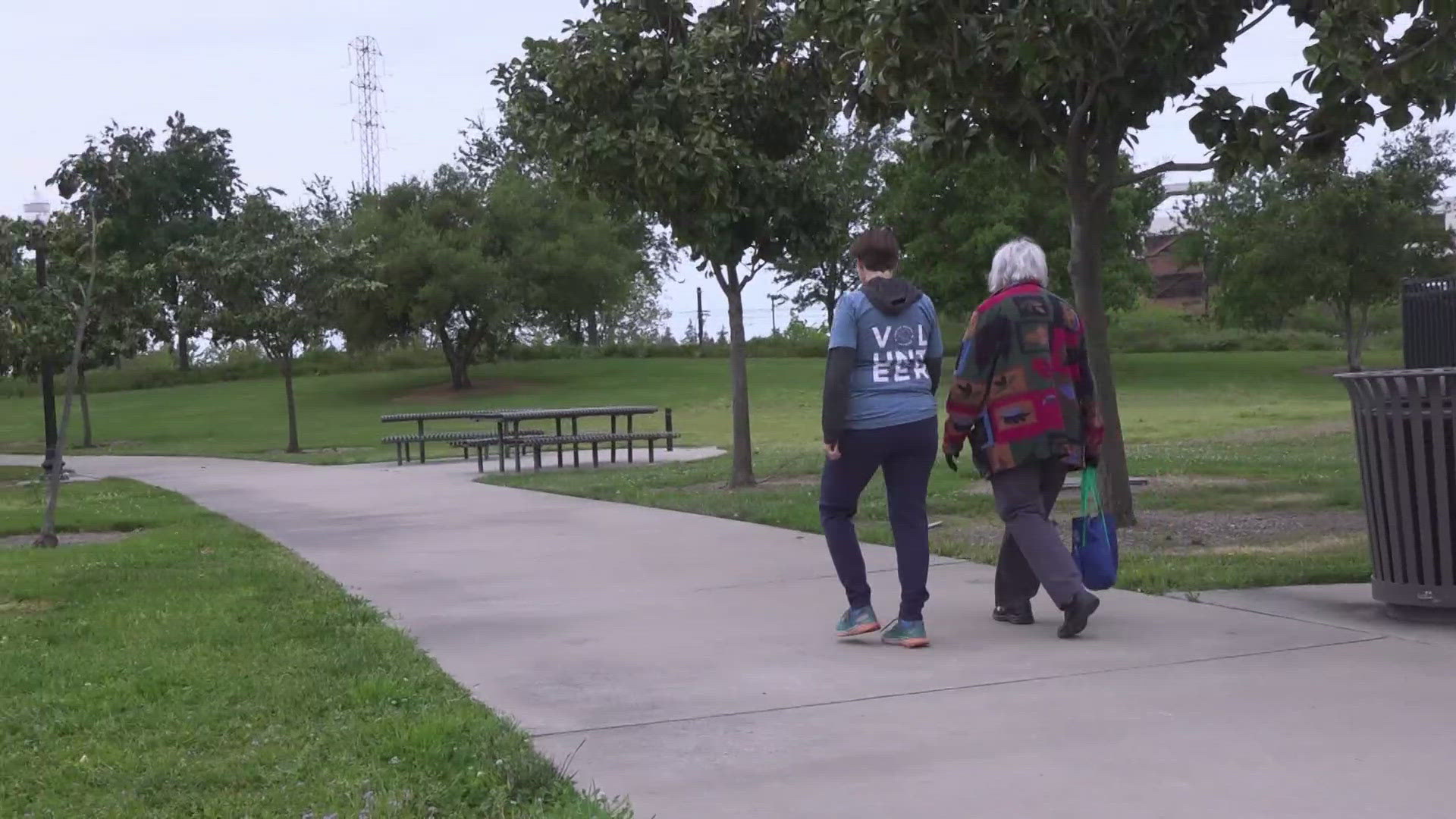San Joaquin and Stanislaus County were hit with a rise in cases of Valley Fever.
In 2016, the fungal infection reached a record high in California with 5,372 cases reported, a 71 percent increase from the previous year, according to new data from the California Department of Public Health (CDPH).
The number is the highest on record since the department started tracking cases in 1995. The number of cases in 2016 is not too far off from the last peak in 2011, where 5,213 cases were reported.
California and Arizona historically have the highest number of Valley Fever cases in the U.S., according to the Centers for Disease Control and Prevention (CDC).
So, what is Valley Fever?
Valley Fever, also known as coccidioidomycosis, or cocci, is caused by a fungus that grows in certain types of soil. In California, the fungus is commonly found in many areas of the San Joaquin Valley. People can get infected by breathing in infected spores in dust that gets into the air when it's windy or when soil is disturbed, such as through digging during construction. The prevalence of Valley Fever depends on a number of environmental factors as well as on human activity in areas where the fungus is present. San Joaquin and Stanislaus Counties are heavy farming areas, where dust and dirt are often moved, which is a major reason why Valley Fever is not unusual in the region.
How do I know if I'm infected?
Most infected people don't show signs of illness, according to the CDPH. If a person does become ill, they can experience flu-like symptoms, such as a cough, chest pains and fever, that can last for two or more weeks. Most people recover from Valley Fever, but in some severe cases, complications may include pneumonia, infection of the brain, joints, bone, skin and other organs. Valley Fever doesn't usually result in death but between 1990 to 2008, there were more than 3,000 deaths as a result of the infection, according to the CDC. Valley Fever is not contagious.
Who is most at risk of Valley Fever?
Anyone, including pets, can catch Valley Fever. However, people who spend more time in dirt or dusty areas where Valley Fever fungus grows, are at higher risk of becoming infected. People over the age of 60, pregnant women, diabetics and people with weak immune systems have a higher risk of getting very sick if infected. Additionally, African Americans, Latinos and Filipinos are also at higher risk of severe illness.
Why did California recently see an increase in cases?
Scientists don't have a definitive answer for why California experienced such a significant spike, according to the CDPH report. But experts speculate that climatic and environmental factors favorable to Valley Fever conditions and airborne release, such as heat waves or dust storms, may have contributed to the increase. An influx of new people to the area who are non-immune to the infection, may also have helped kick up the number of cases.
How can Valley Fever be prevented?
Since Valley Fever is airborne, it can be difficult to prevent. It's best to stay away from dusty areas prone to infection. On windy days, the best thing to do is stay indoors and close all windows. If driving, close all windows and use a "recirculating" air conditioning if it's available. If you have to be outdoors, the CDPH recommends wearing an N95 mask which is available at drug and hardware stores. If working in soil, the best thing to do is wet the soil to reduce dust. It's also a good idea to change your clothes if they get covered in dust and be careful not to shake the dust before washing.
How is the infection diagnosed and treated?
If you think you may be infected with Valley Fever, contact your doctor immediately. Your provider may order a blood test or a chest x-ray, to help diagnose Valley Fever. Generally, the infection is left untreated as it goes away on its own. If treatment is needed, your doctor will decide what the best steps are to take.


